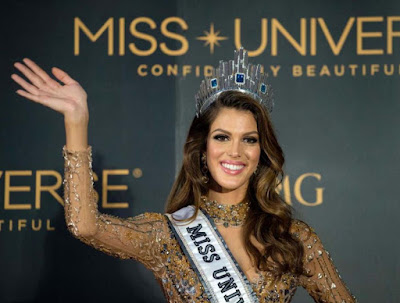Writing In The Sciences
This summer for the third year in a row I’m teaching a writing workshop for college students called Writing In The Sciences. My students are all freshmen biological sciences majors who have recently graduated from high school or are transferring to a four-year institution from a junior college. The program is part of a STEM grant, an acronym for science, technology, engineering, and mathematics.
In previous years, I focused on writing practice. Since the students come from a variety of educational programs from Advanced Placement and honors to mainstream college preparatory courses, from public high schools to charters, magnets, and private institutions, I wanted just to get them writing every day with drafts submitted at the end of the week for my review. That way I could respond individually to each student’s writing, and formulate lessons to address specific areas needing attention involving the whole class. This worked well for two years, but at the conclusion of last summer’s program, I found myself wanting to do more to prepare them for the specific challenges they will face in their coursework. Having worked with students for several years now as a writing tutor, I know what they will be asked to do as science writers and researchers, so I wanted to structure the summer workshop to meet those expectations more fully. I had to avoid turning a challenging, fun workshop into an academic exercise devoid of any creativity or spontaneity. In previous years, I also managed to expose students to good science writing and helped them brush up on their study skills. I did not want to lose those components when I revised the workshop curriculum.
This year, I decided to specifically focus on research writing because that corresponds to the demands of the program they are entering. To not address this would mean they could enter the fall semester unprepared. However, I wanted them to keep a sense of awe and wonder about the world they are studying. The work must not be a chore or an exercise, but be fun and challenging. To do that meant that the students must have some control over their own topic selection.
On the first day, I issued a syllabus detailing the plan. The students would be allowed to determine their own research focus. I clearly outlined the brainstorming process and used as a guide, Kate L. Turabian’s A Manual for Writers of Research Papers, Theses, and Dissertations(University of Chicago Press, Eighth Edition, 2013). The book focuses on a syllogistic structure for determining the topic of the paper. The students were asked to fill in the blanks on the following sentences: “I am working on ________________ (the topic), because I want to find out ________________ (the answer to the research question), so that I can help others understand _______________(the ultimate goal). The book presents these questions in a few different ways, so there is flexibility. The topics fall into the categories of concept questions and practical questions, with concepts applying more to humanities and practical questions relating to the sciences. I asked the students to think about how the topic fit into a larger context on a historical, social, cultural, geographical, functional, or economical level. As they bounced their ideas off me, I would point them in the direction of recent articles or current events I knew applied to their topics.
Then, we broke down the format of their paper with a rough outline—thesis, overview of the problem, justification for the research, analysis of three source articles from peer-reviewed journals, their thoughts and inferences after finishing the research, and a conclusion. I stressed that the outline was a fluid structure, and as they researched they should be prepared to restructure the paper, rework the thesis, narrow or expand the topic, etc.
We spent the next hours in the library getting a crash course in using databases and doing digital research. The librarians helped me with this part of the workshop, and the students quickly acclimated to using the library portal and finding their materials. At the end of the first week, they submitted a paragraph discussing the topic and thesis of their paper.
At the start of week two, I returned their paragraphs with suggestions about how to maximize or narrow down their topics. I did not worry too much about writing problems yet as this was a holistic reading. I did introduce some basic grammar concepts based on errors I often see in student papers. I had the students use several websites that offer exercises and games illustrating language concepts. It is always amazing how many students have graduated from high school having had literally no grammar instruction, not in high school or elementary school.
In the next few days, I will be teaching them how to annotate their journal articles and have them brush up on their critical reading skills. I find that many students lack strong critical reading skills, and this cripples their writing.
So far, the students seem absorbed in their research, and I have already seen some interesting topics. After turning in a bibliography this week, we will start drafting the paper and after a final draft is finished, the students will present their research to the workshop. They do many of these presentations during their regular semester courses, so it is important that the process culminates in both a finished paper and a presentation so they get the full flavor of what will be required of them starting in the fall. I am anxious to see how things develop as the workshop progresses.
.JPG)




Comments
Post a Comment